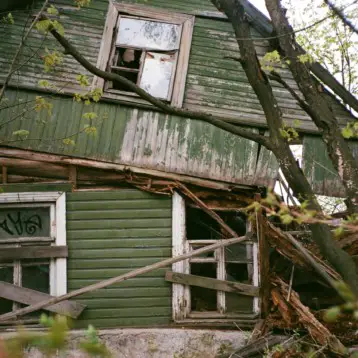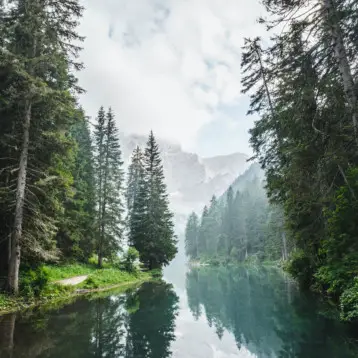The San Andreas Fault Observatory at Depth (SAFOD) project was founded in an effort to better understand earthquakes, and more importantly, the effects that these cracks in the subterranean realm have on the surface dwelling peoples of planet Earth. By gaining a firm understanding of the rock properties of the fault line sediments, the team is hopeful that the data can provide them with a method of predicating these at times devastating earthquakes.
The San Andreas Fault Observatory at Depth group dug a hole at Parkfield, California, a sleepy town located along the San Andreas Fault. This is the location in which a number of minor earthquakes occur annually. The team set out to gather enough core samples to make a baseline grouping of what the rocks could provide, in terms of never before seen and researched sediment from a fissure.
On planet Earth, there are roughly a dozen major template fault lines, one of which is the San Andreas Fault in North America. The drilling of this specific fault line can have distinct advantages to the health and well-being of people above these disruptive areas. This is the first time that a drill bit has pierced an active fault line and more than just the insertion principle, has brought back to a team of scientists a variety of core samples. Geologist Chris Marone, a professor at Pennsylvania State University, states that the human race knows very little about what is within these fault zones. Professor Marone stated “There’s roughly a dozen major plates that the Earth’s surface is broken up into and this is one of the first times we’ve ever been able to drill into one of those boundaries between the tectonic plates,”
The samples from the fault line were collected and placed into a pressure chamber at the drill site. The team is hoping that the rocks contained within the samples can provide them with information that can lead to a better understanding of earthquakes. One such measurement that is gathering momentum and eliciting excitement from the research community in general is that of the rock permeability factor. This rock property can be measured in a series of tests and hopefully will show how these rocks behave before, during, and after an earthquake.
The first rock sample test results have been collected and the data shows that the samples contain rocks that are non-permeable. This means that no water or liquid can pass through the sediment. The team calls these sediments aquitards. Further testing is forthcoming and the team is optimistic of the future findings.
TFOT has covered new exploration technologies that are related to earthquakes and other deep earth drilling technologies in, “New Technique Braces Buildings Against Earthquakes” and “Physicists Detect Geoneutrinos.”
More information on the San Andreas Fault Line Drillings can be found on the Reconstructing the Long Term Thermal History near an Active Fault website.











